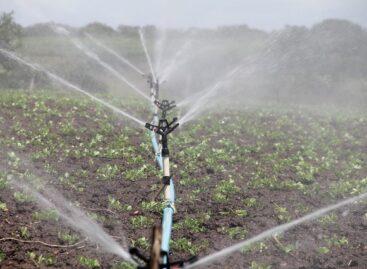Electrolux research: we wash clothes as if there was no climate change
Nearly two thirds of Europeans (63%) continue to wash at 40°C or higher, despite over a decade of being encouraged to wash clothes at 30°C or lower, according to a new study from Electrolux. Oddly, the Swedish appliance giant is now calling for people to use their appliances less.
 Vanessa Butani, head of sustainability for Electrolux Europe, has recently joined the group and is on a mission to help people change the way they wash their clothes. Which currently isn’t good enough, for clothes nor the planet, the white paper “The Truth about Laundry” unveils.
Vanessa Butani, head of sustainability for Electrolux Europe, has recently joined the group and is on a mission to help people change the way they wash their clothes. Which currently isn’t good enough, for clothes nor the planet, the white paper “The Truth about Laundry” unveils.
Each year, a 40°C wash releases 27.2Kg of CO2 equivalent more than a 30°C wash. But data from 12 European countries (including Italy, U.K. and Germany) shows that people do their laundry with nearly 1 billion 40°C washes a week.
“What our report shows is that people do care about their clothes and the vast majority recognize there are environmental benefits to making their clothes last longer,” said Butani. “If we can educate and encourage people to take small but significant steps to update their laundry practices, the savings will be significant.”
Related news
Climate-tolerant alternative in arable fields: peanuts could be one of the winners of climate change
🎧 Hallgasd a cikket: Lejátszás Szünet Folytatás Leállítás Nyelv: Auto…
Read more >Ministry of Agriculture: the government is giving priority support to the development of irrigation
🎧 Hallgasd a cikket: Lejátszás Szünet Folytatás Leállítás Nyelv: Auto…
Read more >The future of AI agents: key predictions and trends for 2026
🎧 Hallgasd a cikket: Lejátszás Szünet Folytatás Leállítás Nyelv: Auto…
Read more >Related news
New Year’s Eve: shortened opening hours in stores – general store closure on January 1
🎧 Hallgasd a cikket: Lejátszás Szünet Folytatás Leállítás Nyelv: Auto…
Read more >Tejföl is only a name for live flora: new categories for sour dairy products will be introduced from 2026
🎧 Hallgasd a cikket: Lejátszás Szünet Folytatás Leállítás Nyelv: Auto…
Read more >Sausage prices before New Year’s Eve: cheap entry, expensive premium – how big is the gap on the shelves?
🎧 Hallgasd a cikket: Lejátszás Szünet Folytatás Leállítás Nyelv: Auto…
Read more >






